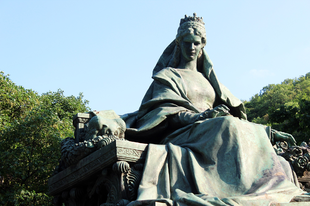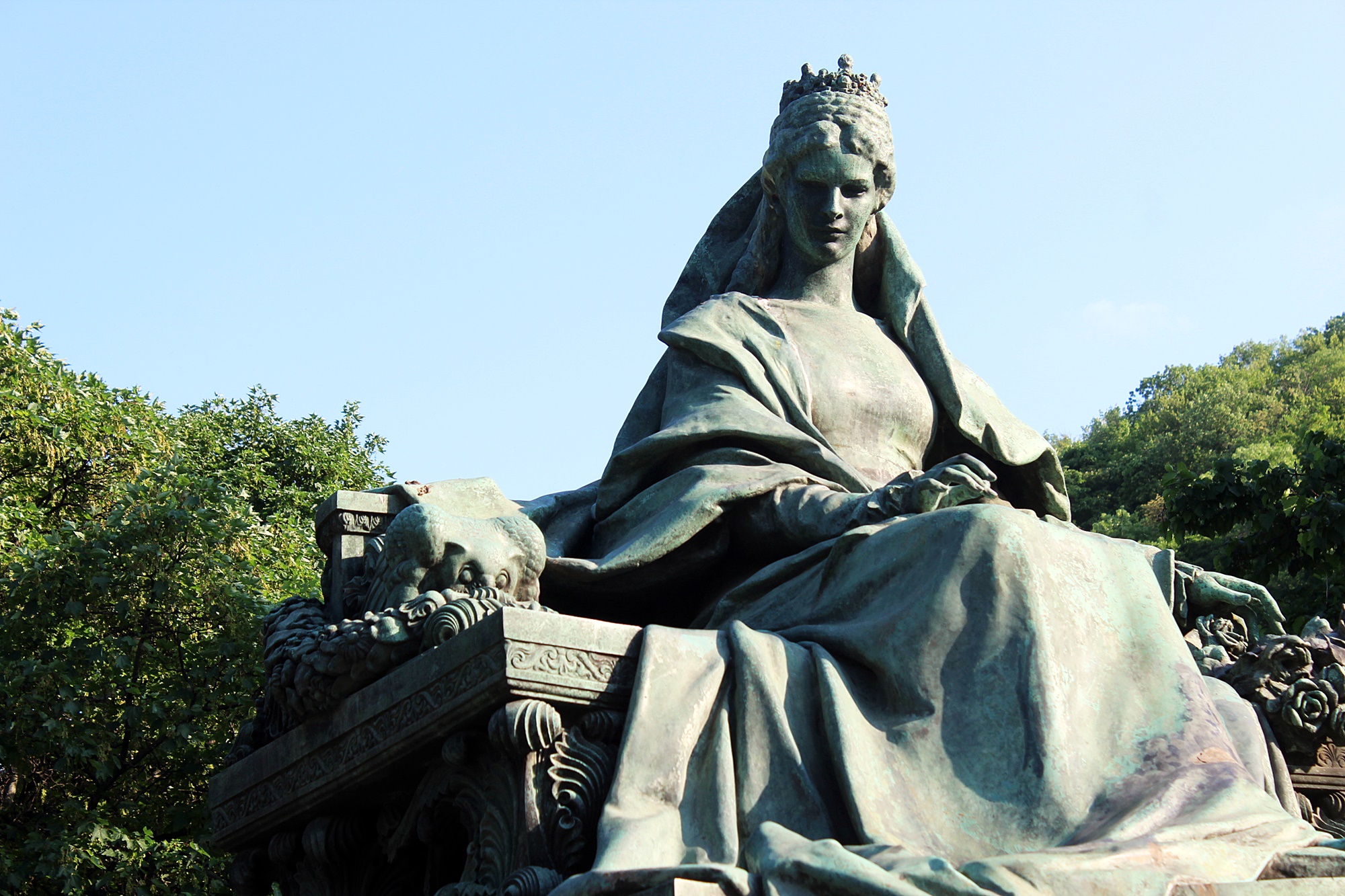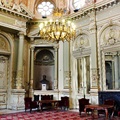Elisabeth was the beloved – and unhappy - wife of Emperor Franz Joseph. The kind hearted Empress loved Hungary and its people; she spent many happy years in the country.
Elisabeth was born on December 24, 1837 into the royal Bavarian house of Wittelsbach and she enjoyed an informal upbringing before marrying Emperor Franz Joseph I at the age of sixteen.
She was suddenly absorbed into Habsburg court life, which she found stifling. She was also at odds with her interfering mother-in-law, Princess Sophie, who took over the rearing of Elisabeth's daughters, one of whom died in infancy.
Early in her reign, Sisi developed a deep interest in Hungary, and she believed the Hungarian people deserved greater freedoms and respect, and collaborated with her close friend, the dashing Hungarian statesman Gyula Andrássy, to advance the Hungarian cause. In 1867, Hungary became a partner in the Austro-Hungarian empire. Franz Joseph was crowned King of Hungary and Elisabeth became queen, and the couple’s last child, Marie Valerie, was born in Budapest in 1868.
Sisi was beloved by the Hungarian people and she loved Hungary far more than Austria. The queen learned Hungarian and spoke it fluently. Elisabeth liked to be in the company of Hungarians and surrounded herself with Hungarian servants. The castle in Gödöllő was her favorite summer residence.
On September 10, 1898, the then 60-year-old empress was on her way to a steamer ship in Geneva, Switzerland, when she was stabbed by an Italian anarchist. Sissi crumpled to the ground, but managed to get to her feet and make it to the landing bridge of the ship, before losing consciousness. The Empress was taken to a nearby hotel, where she died. It was then that her companions learned the full extent of her injuries.
Several sites in Hungary were named after her: two of Budapest's districts, the amazing white Elisabeth Bridge, a huge square in the heart of the city etc.
One of the satutes of Queen Elisabeth in Budapest decorates Döbrentei Square at the side of the Elisabeth Bridge surrounded by busy ways. „Before the war, a statue of the ultra-right wing leader whose policies led Hungary directly into alliance with Nazi Germany sat on this spot. This statue was blown up by Communist resistence fighters at the time of the German invasion. A tablet on the ground near the statues of Queen Elisabeth commemorates this” - wrote András Török in his Budapest Guide.
The bronze statue of Sisi can be seen in a small and noisy garden. This statue was erected in 1932 and was designed by the famous sculptor György Zala. This statue once stood on the other side of the city in a gloriette but was moved in 1947 and brought this location in 1985.
A bejegyzés megtekintése az Instagramon
But Sisi is still greatly beloved by the country that continues to honour her memory and a new statue is placed to mark the entrance of Erzsébetváros (District VII) in Madách Square. The sculpture is designed by Hungarian sculptor Mária R. Törley.
A bejegyzés megtekintése az Instagramon
„She is shown holding a book by Hungarian poet and translator Dezső Mészöly, one that deals in detail with the Queen’s poetry and refers to Sisi being a poeta natus, someone with great poetic abilities. Another interesting touch is the Hungarian Coat of Arms on her dress, proof of Sisi’s love for this county and a reminder of her vital role in the seminal Austro-Hungarian Compromise of 1867” - Source: Welovebudapest.







